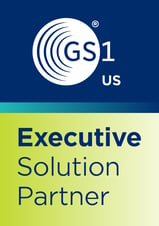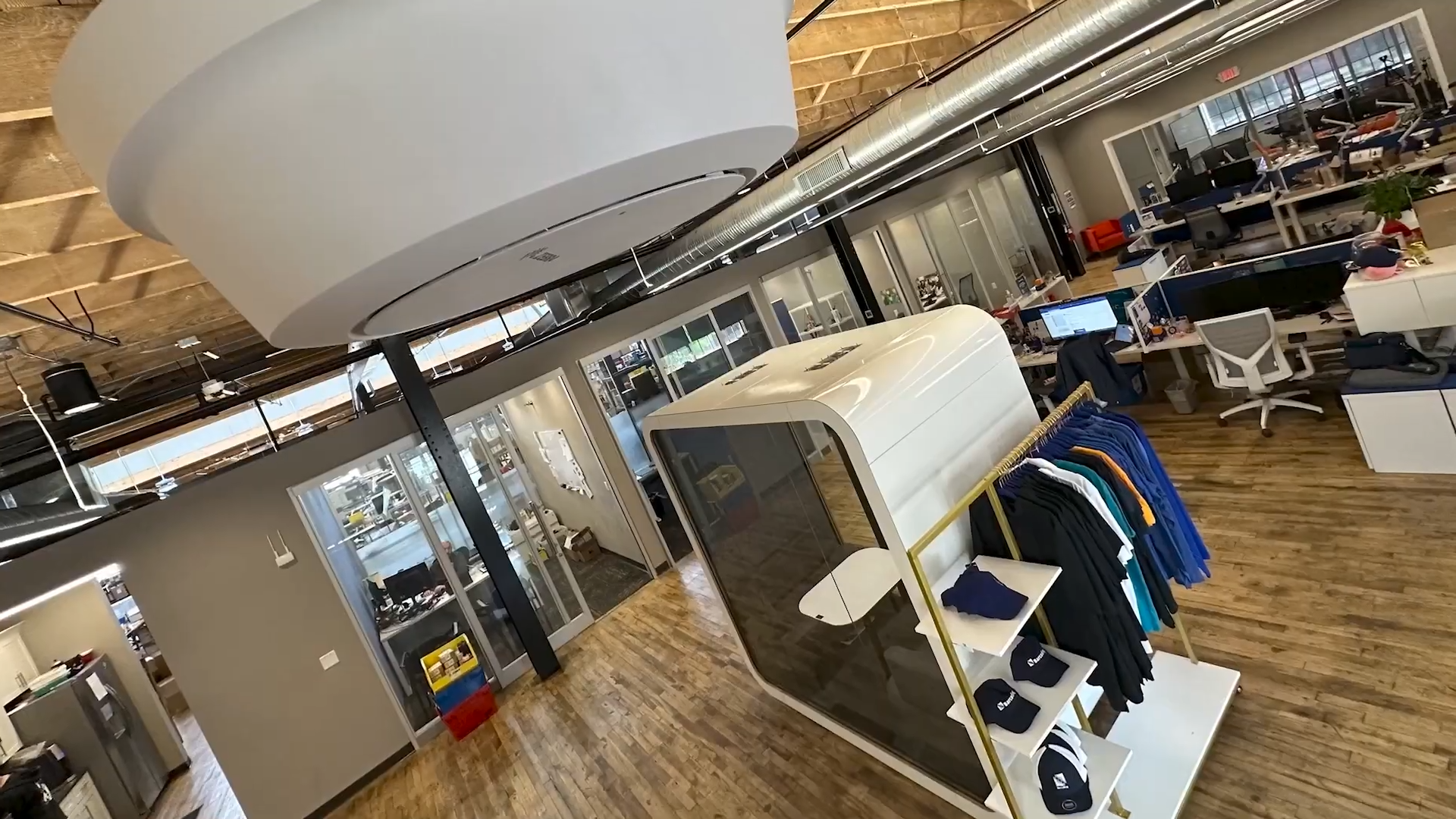Reusable assets like returnable transport items (RTIs) are getting more attention as businesses explore opportunities to improve sustainability, increase efficiency, and control costs. RTIs and reusable plastic containers (RPCs) are used in virtually all industries that rely on supply chains for unitizing and moving materials, parts, tools, and finished goods between locations—whether in transport or within a manufacturing or warehousing facility.
A few examples of RTIs include:
- Bins
- Kegs
- Totes and boxes
- Drums
- Pallets
- Rolling racks
- Roll cages
- Dollies
Plastic is often the material of choice for RTIs because of its versatility, durability, and strength to protect and unitize items that need to be moved. Durable plastic RTIs (RPCs) can be reused multiple times, unlike single-use packaging. But the cost of reusable assets is a lot higher than single-use items—so for RTIs and RPCs to deliver a meaningful return on investment, they have to actually be returned and reused multiple times.
That requires visibility into every RTI’s location, condition, and use. RTI shrinkage eats away at the benefits and ROI of reusable containers, so it’s absolutely vital to track these essential shipping items throughout the supply chain.
Quantifying the Benefits of RTIs Versus Single-Use Materials
The durability and reusability of RTIs helps users eliminate the waste of single-use, one-way containers and packaging materials. Consider two pallets: a wooden pallet for $12 and a reusable plastic pallet for $90. While the wooden pallet is cheaper, it’s essentially a single-use transport item—so the cost is $12 per shipment.
The plastic pallet, on the other hand, is much more likely to last through multiple shipments, and by the eighth use, it will have more than paid for itself.
Keeping Track is the Trick with RTIs and RPCs
One-way containers are treated as disposable items, because they often are; users ship them and forget about them. They aren’t built to last, and often break down quickly in use. But that single-use mindset wouldn’t allow RTIs to pay off. Tracking and tracing a full fleet of RTIs becomes even more important as that fleet grows. Large companies often have thousands to millions of containers and shipping items in use at one time.
RTI shrinkage can lead to wasteful spending. Experiencing a high rate of shrink can create shipping problems if supplies dwindle and products can’t be safely shipped, forcing companies to stock supplies of “just-in-case,” single-use items, or deal in other ways with shortfalls, inevitably experiencing inefficiencies along the way.
On the other hand, assuming a high rate of shrinkage can lead to overstocking RTIs and wasting both labor to handle them and warehouse space to store them. For RTIs to deliver the best possible ROI, it’s vital to have the right asset tracking solutions in place to know how many exist and where they are in the supply chain to close the loop and reuse them in a timely, efficient way.
Common RTI Tracking Methods
There are essentially three ways to keep track of RTI fleets:
Each system has its own advantages and drawbacks, and the cost-to-benefit ratio differs based on time and labor versus cost to implement—which looks very different for a small, simple fleet versus a large enterprise using multiple types of RTIs.
A paper-and-pencil system may work for extremely small companies using just one or two types of reusable transport items, but larger companies typically need an automated system. Automated RTI tracking uses either scannable barcode labels and/or RAIN RFID-tagged RTIs and IoT-connected scanning devices installed at critical points. Barcode scanning requires significantly less manual labor and better accuracy than pen-and-paper, clipboard-based tracking, but it does still demand human interaction with RTIs to perform barcode scans.
Barcode scanning requires line-of-site for labels to be scanned, and each labeled RTI has to be handled individually to scan the label. Aiming a scanner at barcode labels is certainly simpler than pen-and-paper records, but it does still leave some room for operator error—skipping items or scanning items more than once. Fixed industrial scanning technology is a complementary solution for some DCs and service centers to increase automation and further reduce the potential for human error.
In other cases, barcodes on heavily used RTIs or items used in harsh environments can be subject to wear and tear, damage, dust, and soiling, which may render them unscannable. When it comes to eliminating user error and overcoming certain environmental challenges, automatic identification (auto-ID) using RAIN RFID tags or labels and an IoT-based, automated tracking system can often fill the gaps.
How RFID-Based Auto-ID Helps Maximize ROI on RTIs
IoT and RFID technologies allow companies to apply tags or labels to each RTI, or purchase RTIs that come with integrated RFID tags. While RAIN RFID includes passive UHF (ultra-high frequency) products, active, radio-based or even GPS-enabled tags may also be called for in special use cases. But in most cases, RAIN RFID tags are the go-to solution.
RAIN RFID tags offer an optimal combination of relatively low tag cost and optimal read ranges with high accuracy. That means gates fitted with IoT-connected RFID sensors can automatically detect and record tagged RTIs as they pass through critical transport points, delivering the data directly to the operator’s inventory and asset management system.
 The tag provides a unique, serialized, GS1-supported identifier, so the business can access near-real time updates on asset location, condition, and more from the cloud when the sensor “reads” the RTI tag and the software solution retrieves the data:
The tag provides a unique, serialized, GS1-supported identifier, so the business can access near-real time updates on asset location, condition, and more from the cloud when the sensor “reads” the RTI tag and the software solution retrieves the data:
- Individual asset characteristics, including status, size, location, and type
- Unique asset history
- Fleet inventory information
- Fleet RTI shrinkage rates
- Stock overages or underages
- Shipping and receiving dates
- Average RTI cycle duration
Get started by getting your GS1 Company Prefix to identify your company as the owner of the products and their associated barcodes. Different tiers are available depending on how many products you need to produce barcodes for. If you only need to identify a single product you can license a single GS1 US GTIN for a one-time charge with no recurring/annual fees.
By providing a method to collect the most information possible about an RTI fleet, auto-ID automated tracking is currently the best option for RTI management. An enterprise that implements the right auto-ID system can gain visibility into their RTIs’ durability and performance, their partners’ dependability for RTI return, and their efficiency in handling and using RTIS. Data identifying problematic customers can even help mitigate fees and penalties associated with claim disputes.
This type of intelligence and visibility makes customer and partner communication clearer. It can increase opportunities to prevent damage or theft of RTIs, identify choke points, and make changes to improve efficiencies. Increasing automation enables companies to get more value from their human resources, rather than relying on people to perform tasks that are easily done by devices and software. And when businesses get better performance from their RTIs, they can effectively improve their overall sustainability and carbon footprint—an increasingly important metric for enterprise organizations.
Explore whether RFID solutions are the right approach for your RTI assets. Click below to download our guide to RAIN RFID best practices.



 The tag provides a unique, serialized, GS1-supported identifier, so the business can access near-real time updates on asset location, condition, and more from the cloud when the sensor “reads” the RTI tag and the software solution retrieves the data:
The tag provides a unique, serialized, GS1-supported identifier, so the business can access near-real time updates on asset location, condition, and more from the cloud when the sensor “reads” the RTI tag and the software solution retrieves the data:



